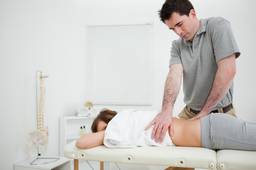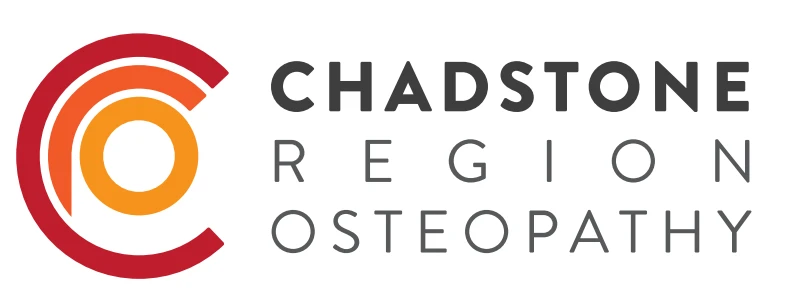What does an Osteopath even do??

In medical terms, Osteo = bones. Path = disease. Therefore, osteopaths treat diseases of bones right? Well, wrong actually!
Secondly, osteopaths seem to be associated with mainstream medical clinics, but also alternative therapies. Are osteopaths just greedy fence sitters who can’t make up their mind?
First of all – an osteopath isn’t some weirdo replacement for your GP. We’re University trained manual healthcare practitioners.
Our brief job description is simple. We assess, diagnose, treat and rehabilitate conditions of the human body, in particular, the musculoskeletal system. We do this in an allied health setting, with input from other healthcare professionals such as GP’s, exercise physiologists, psychologists, personal trainers and so on.
The vast majority of osteopaths will predominantly deal with musculoskeletal issues such as low back pain, neck pain, headaches, sports injuries etc.Some osteopaths have trained in treatment of other conditions such as constipation or period pain, which can be related to the muscles within our bowels or uterus.
A typical appointment with an osteopath will include a thorough discussion about your condition and your concerns. The osteopath will discuss with you your medical history, and ask questions about your work habits or other relevant health related topics such as diet or exercise.
Following this, the osteopath will assess the area of pain or dysfunction. This might include getting you to move in a certain way, or feeling the muscles. The Osteopath might poke or prod certain areas to get an idea of whether they are moving or functioning properly.
The osteopath at this stage will have a diagnosis of your condition, and will inform you what seems to be causing the problem. If the problem is something that the osteopath can confidently treat, they will begin with your consent. If the osteopath believes that your condition is being caused by something non-musculoskeletal or more serious (such as infection etc.), they will refer you to an appropriate practitioner such as a GP.
Treatment will vary between patients, because each individual body is different, and each presentation of a condition is different. Some patients respond well to gentle treatment, such as light massage, breathing techniques or stretching, whereas others will do better with stronger techniques such as deep tissue massage, manipulation (cracking) or active stretching.
Most of the time, an osteopath will apply some hands on treatment, however, depending on your condition your osteopath may instead get you doing some specific, tailored exercises to help activate or “wake up” certain muscle groups.
Sometimes, osteopaths will also run an education session for patient with chronic pain (long lasting), to help them implement strategies to decrease their pain long term.
So, osteopaths are manual therapists with a dodgy name. No, it’s not just bones. We deal with the musculoskeletal system, we deal with pain, we deal with injuries, and we deal with rehabilitation.
Are we fence sitters? Nope. Osteopaths in Australia are Allied Health practitioners who work with, not against GP’s. Whilst some osteopaths may choose to work with naturopaths or other alternative therapists (just like some physiotherapists do), this doesn’t override their ability and training to refer to a medical professional when necessary and indicated, or sway their likelihood to do so.
Osteopaths hang their hats on providing patient centred care. This can only happen with a team care approach – so we want GP’s and their medical expertise on board!
If you would like to discuss things further, you can email us or contact us through our website at any time. Consultations can also be made online through our website.
